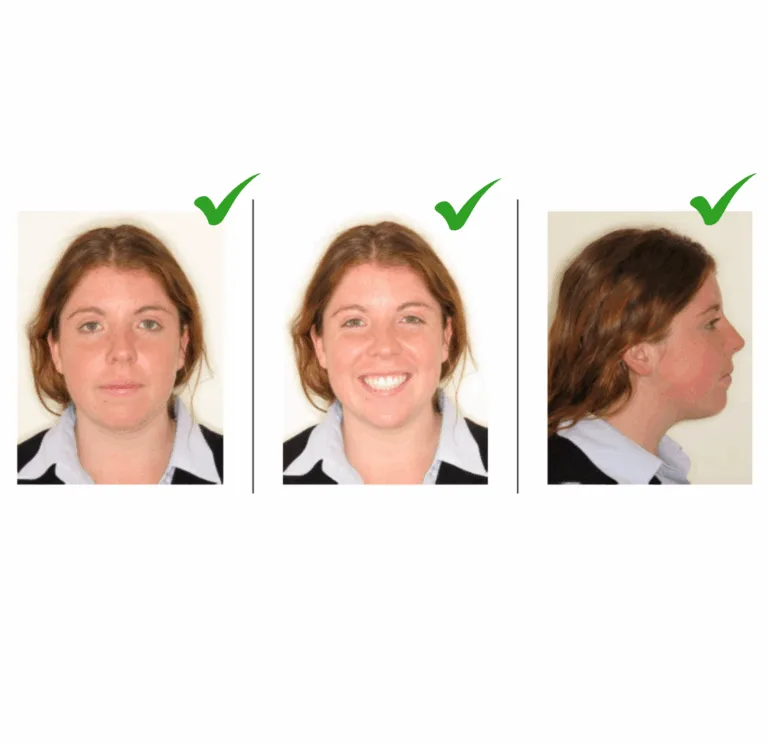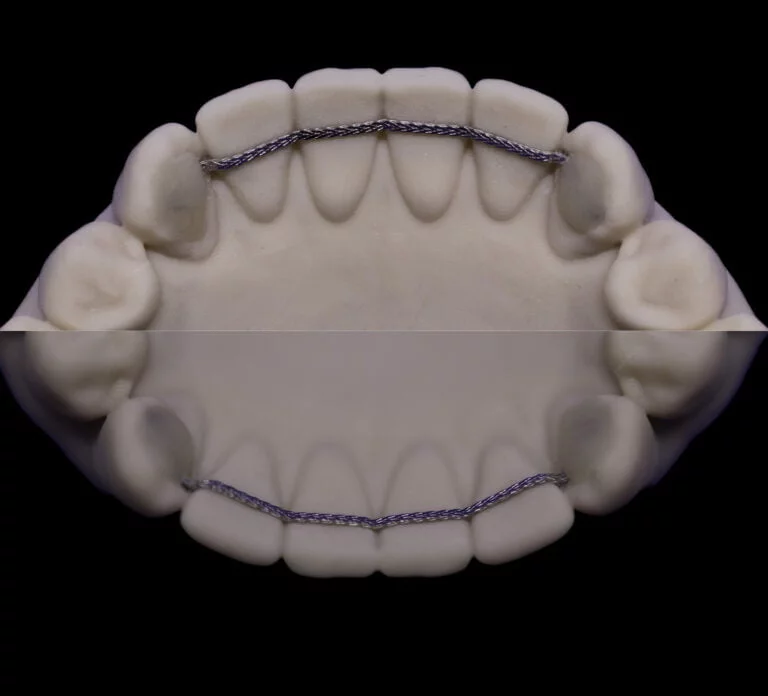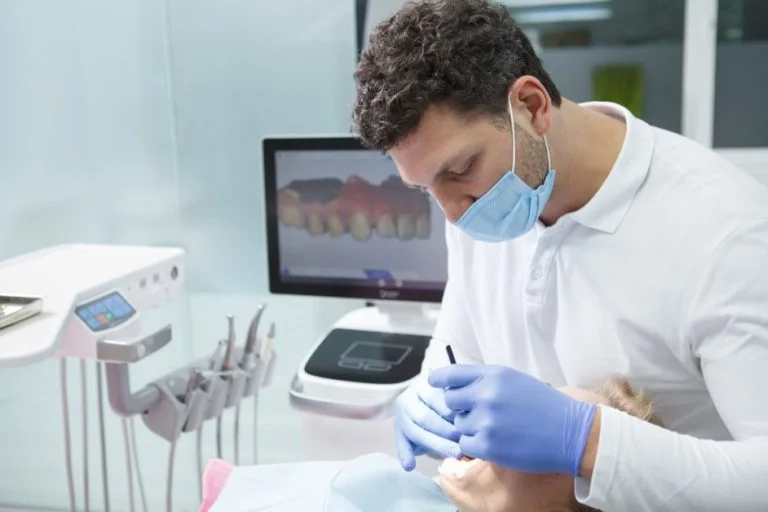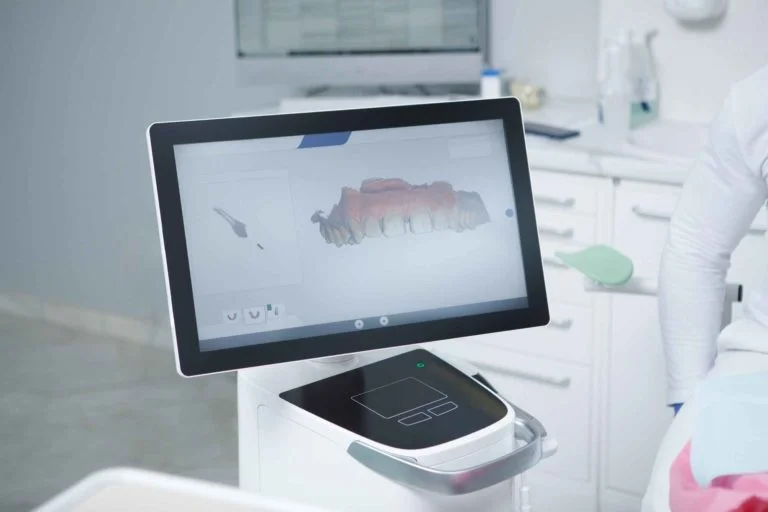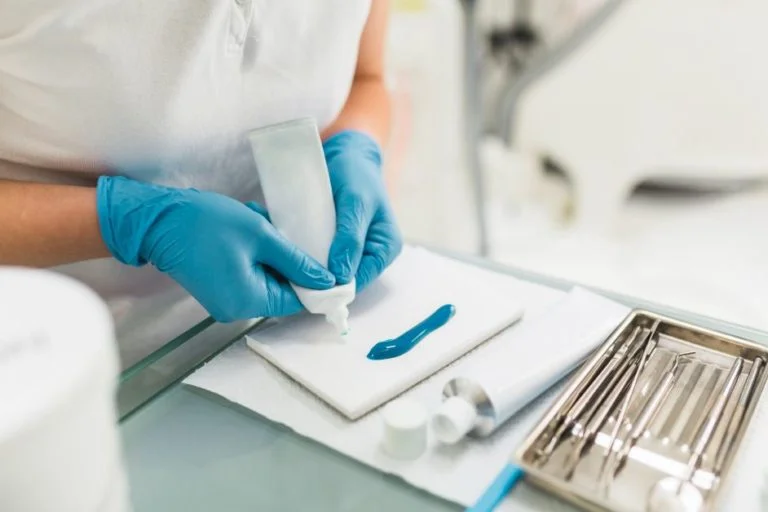Dental prosthetics are custom-made devices that replace missing or damaged teeth, restoring both function and aesthetics. They are crucial in modern dentistry, helping patients with tooth loss or severe decay to take charge of their oral health and life. These prosthetics are designed with the patient in mind, to fit the unique contours of their mouth, ensuring a natural look and a comfortable fit.
By replicating the appearance and function of natural teeth, these prosthetics aid in restoring a patient’s smile to its former glory by helping them regain their ability to eat, speak, and smile with confidence. Dental prosthetics also enhance oral health by preventing remaining teeth from shifting and improving the smile’s appearance, boosting confidence. Advances in dental technology make them durable and lifelike, providing long-lasting results.
Types of Dental Prosthetics
There are several types of dental prosthetics, each designed to address specific dental issues. These include crowns, bridges, dentures, implants, and veneers. Each type of prosthetic serves a unique purpose and offers distinct benefits, allowing dentists to tailor treatments to the specific needs and preferences of their patients. Understanding the different types of dental prosthetics can help patients make informed decisions about their oral health care.
Crowns
Crowns, also known as caps, cover the entire surface of a damaged tooth, restoring its shape, size, strength, and appearance. They can be made from various materials, including porcelain, ceramic, metal, and resin. The procedure for getting a crown involves preparing the tooth by removing a portion of its structure, taking an impression of the tooth, and fitting a temporary crown. The final crown is fabricated in a dental lab and then permanently cemented onto the tooth.

Bridges
Dental bridges are used to replace one or more missing teeth. They consist of two or more crowns for the teeth on either side of the gap and a false tooth or teeth in between. The procedure typically involves preparing the abutment teeth by removing a portion of their structure, taking impressions, and fabricating the bridge. The final bridge is then fitted and adjusted to ensure a perfect fit.
Dentures
Dentures are removable prosthetics that replace missing teeth and surrounding tissues. They can be full (replacing all teeth) or partial (replacing a few missing teeth). Full dentures are used when all teeth are missing, while partial dentures are used when some natural teeth remain. Both types can be further categorised into conventional and immediate dentures. The process involves taking impressions of the mouth, fabricating the dentures, and making adjustments to ensure a comfortable fit.
Implants
Dental implants are permanent prosthetics that replace missing teeth. They consist of a titanium post surgically placed into the jawbone and a crown that attaches to the post. There are various types of implants, including endosteal (placed in the jawbone) and subperiosteal (placed under the gum but above the jawbone). The procedure involves surgically placing the implant post into the jawbone, allowing it to fuse with the bone (osseointegration), and then attaching the crown.
Veneers
Veneers are thin shells of porcelain or composite resin that cover the front surface of teeth to improve their appearance. Veneers can be made from porcelain or composite resin, each offering different benefits in terms of aesthetics and durability. The process involves removing a small amount of enamel from the tooth surface, taking impressions, and bonding the custom-made veneer to the tooth.
Benefits of Dental Prosthetics
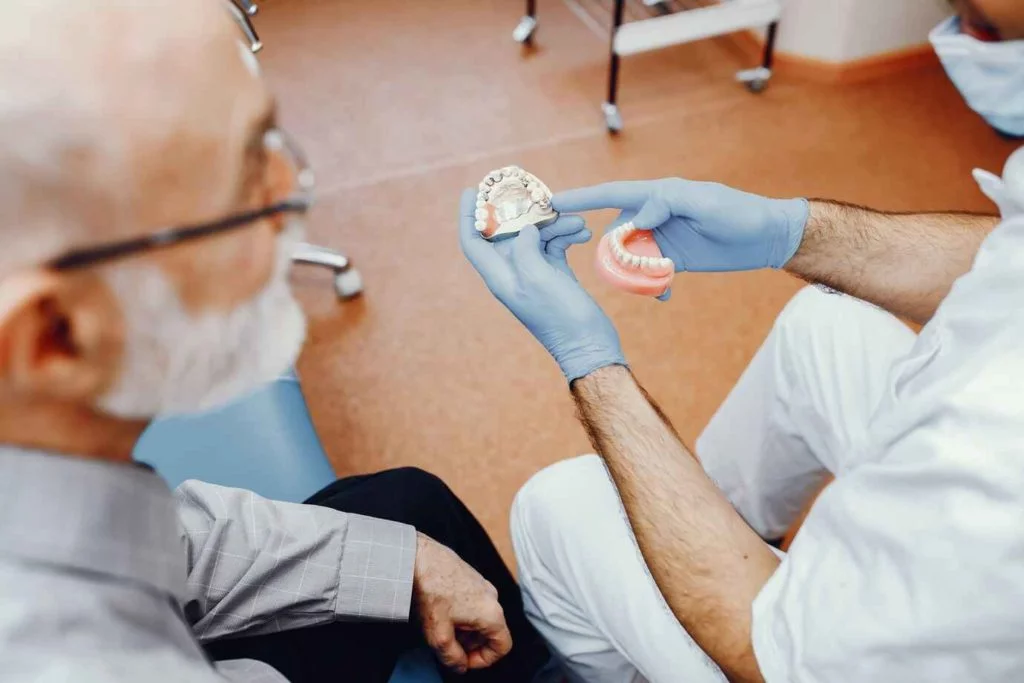
Dental prosthetics offer several benefits, including improved oral function, enhanced aesthetic appearance, a boost in confidence and self-esteem, and durability and longevity. They restore the ability to chew and speak properly, which can be significantly affected by missing or damaged teeth. Prosthetics can also improve the appearance of the smile by filling gaps and covering imperfections, leading to a more aesthetic smile.
With an improved appearance and oral function, patients often experience a significant boost in confidence and self-esteem. High-quality dental prosthetics are durable and long-lasting, providing a reliable solution for dental restoration.
The Process of Getting a Dental Prosthetic
The process of getting a dental prosthetic involves several steps designed to ensure a perfect fit, function, and appearance. It all begins with a thorough examination and consultation, followed by precise moulding and imaging, careful fabrication, and meticulous fitting and adjustments. Understanding this process helps patients know what to expect, making the journey to a restored smile smoother and more reassuring.
Initial Consultation and Diagnosis
Your journey to a new smile starts with an initial consultation. During this visit, the dentist will assess your dental health, discuss your concerns and goals, and outline the available options. They’ll perform a thorough examination of your mouth, including taking X-rays. This helps identify any underlying issues that need to be addressed before proceeding with the prosthetic. The dentist will also explain the different types of prosthetics available, their benefits, and which option might be best for you. This consultation is crucial for creating a personalised treatment plan that ensures optimal results.
Molding and Imaging
Once the initial consultation is complete, the next step involves taking precise moulds and images of your teeth and gums. This step is essential to ensure the prosthetic fits perfectly and functions properly. The dentist uses various tools and techniques to capture detailed impressions and images, which are then sent to the dental lab. These moulds serve as the blueprint for crafting your prosthetic, ensuring it matches the exact shape and contours of your mouth. This meticulous process helps create a prosthetic that not only fits perfectly but also looks natural and feels comfortable.
Fabrication of the Prosthetic
Using the moulds and specifications provided by the dentist, your prosthetic is then fabricated in a dental lab. Skilled technicians craft the prosthetic to match your specific needs and preferences. The lab uses high-quality materials to ensure durability and longevity. The fabrication process can take several weeks, depending on the complexity of the prosthetic and the materials used. During this time, your dental team stays in close communication with the lab to ensure the prosthetic meets all specifications and standards. Once completed, the prosthetic is carefully inspected before being sent back to the dentist for fitting.
Fitting and Adjustments
When your prosthetic is ready, it’s time for the fitting and adjustments. This step is crucial to ensure the prosthetic is comfortable and functions as intended. You may need multiple appointments to fine-tune the fit. During the fitting, the dentist will place the prosthetic in your mouth and check for any areas that may need adjustment. They’ll ensure the bite is correct and that the prosthetic doesn’t cause any discomfort. If any issues are detected, minor adjustments are made to achieve the perfect fit. This step is essential to ensure the prosthetic works seamlessly with your natural teeth and provides a comfortable and functional solution for your dental needs.
Why Choose Australian Dental Labs?
Australian Dental Labs is a trusted provider of high-quality dental prosthetics. At Australian Dental Labs, we stay at the forefront of dental innovation, from digital scanners to CAD/CAM design and proudly support dental practices across Melbourne, Sydney, Adelaide, and all states of Australia with high-quality, customised solutions. Contact Australian Dental Labs today to schedule your consultation and take the first step towards restoring your smile.
